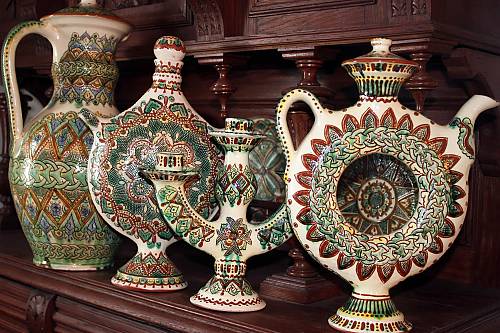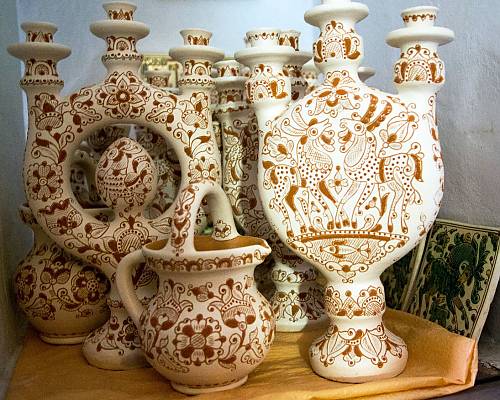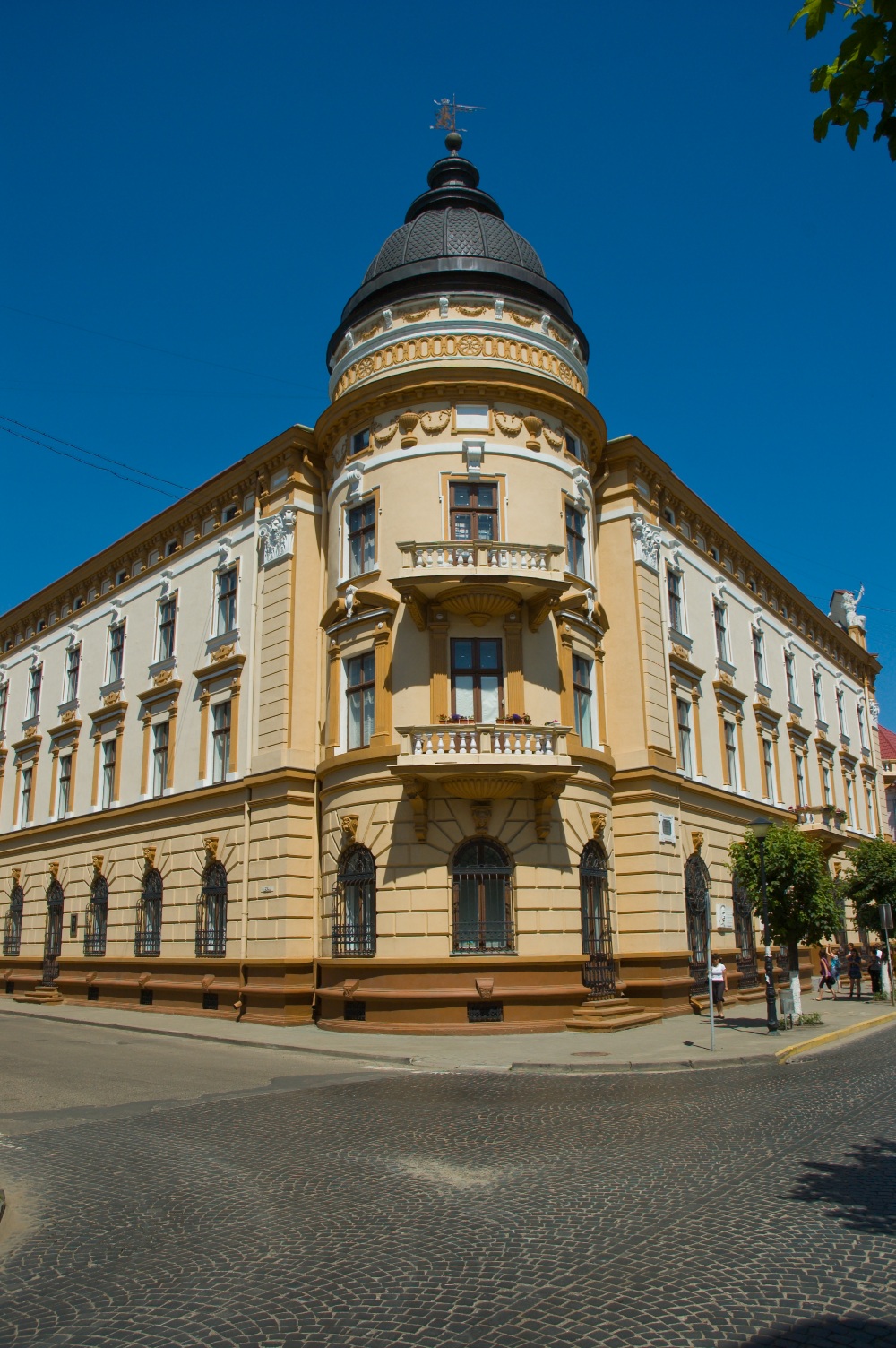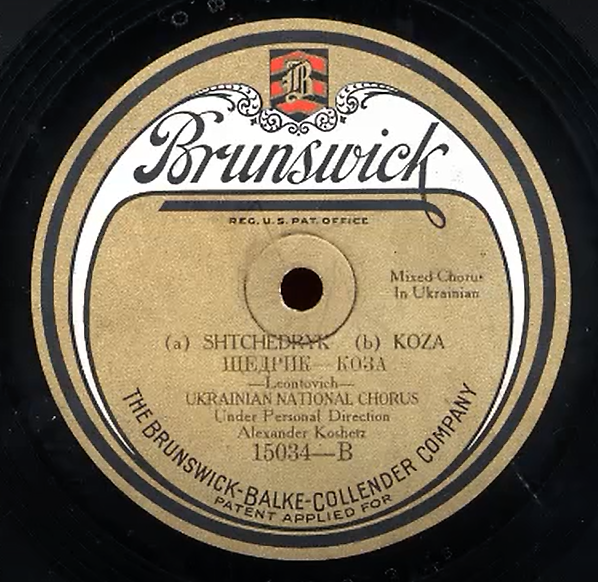6th BSEC Month of Culture
1-30 November 2022
Ceramics-Ukraine
The Tradition of Kosiv Painted Ceramics is one of the brightest pearls of Ukrainian folk art.
Kosiv ceramics - which include dishes, ceremonial items, toys and tiles - received their name from the place of their creation, the city of Kosiv in Ivano-Frankivsk region. They arose in the 18th century, reaching its golden age in the mid-19th century. In 2019, the Tradition of Kosiv Painted Ceramics was inscribed on UNESCO Representative List of the Intangible Cultural Heritage of Humanity.
As for their technique, the products are made using local grey clay, watered with white clay of creamy texture; when dried, they are painted using a metal stick scratching technique to form a graphical contour drawing. They are then fired and painted with metal oxides to produce the traditional green and yellow colors, an indispensable feature of the ceramics associated with the perception of nature. Sometimes masters add a little cobalt, but not so much as to lose the traditional colouring. During the firing, the green dye spreads to create the watercolour effect, usually called ‘tears’.
The main feature of Kosiv ceramics is the figurative design of the ornament. The plot motif expresses the history, life, folklore, beliefs and customs of the Hutsuls, as well as the surrounding flora and fauna. The ceramics are used in everyday life and have a practical and artistic value.
The Yosaphat Kobrynskyi National Museum of Hutsulshchyna and Pokuttia Folk Art, member of the European Route of Ceramics, is one of the most prominent Ukrainian institutions concerning traditional folk art of the Carpathian region. Founded in 1926, it was the first Ukrainian museum in Halychyna (Western Ukraine). Among the collection of 50.000 artifacts, there is a wide variety of impressive Kosiv painted ceramics.
You can learn more through this video.
Sources: https://ich.unesco.org/en/RL/tradition-of-kosiv-painted-ceramics-01456, https://www.europeanrouteofceramics.eu/about-us/#members
Photographs taken from: https://kosivceramics.com/language/en/gallery/, https://ich.unesco.org/en/RL/tradition-of-kosiv-painted-ceramics-01456, https://www.europeanrouteofceramics.eu/about-us/#members
Photograph No 1: ©kosivceramics.com
Photographs No 2-3: © Svitlana Pakhlova
Photographs No 4: National Museum of Hutsulshchyna and Pokuttia Folk Art Y.Kobrynskyi, Kosiv







